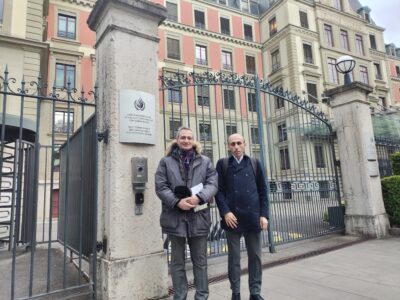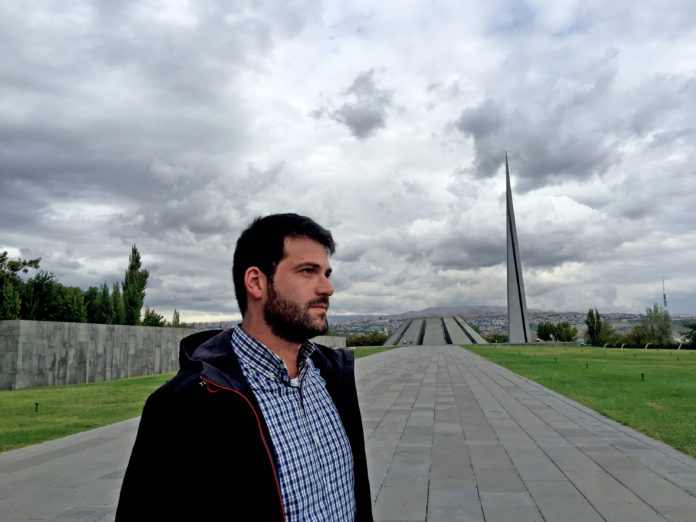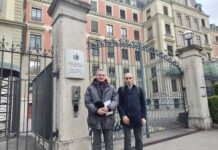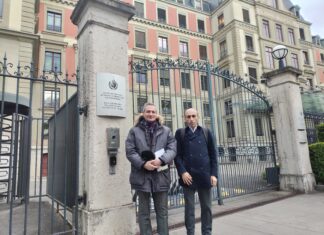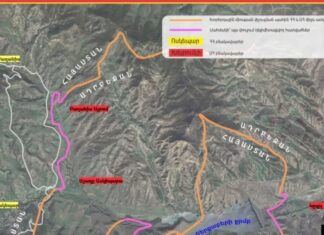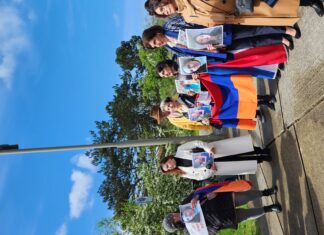By Artsvi Bakhchinyan
Special to Mirror-Spectator
MADRID/YEREVAN – Iván Gaztañaga is young Spanish political scientist and PhD in international law and international relations (University of Granada) and expert in Middle East Studies (Hebrew University of Jerusalem). The subject of his research is “The Genocide Against the Armenian People in Diplomatic and Consular Letters (1914-1925).” His article on the Armenian Genocide was published in the April 24 issue of the major Spanish newspaper El Pais.
We met in 2017, during his first visit to Armenia, during which he conducted research at the Armenian Genocide Museum-Institute as a Lemkin scholarship winner.
Dear Iván, as far as I know you are the first Spanish scholar the studying Armenian Genocide.
To be honest, I don’t really know if I am the first Spanish scholar researching this topic, but I think I was the first researcher discovering and analyzing the Genocide against the Armenians from this perspective: diplomatic letters in our national Historical Archives. Here we have documental resources dating back to at least 1915 which are witnesses of the massacres from Young Turks.
